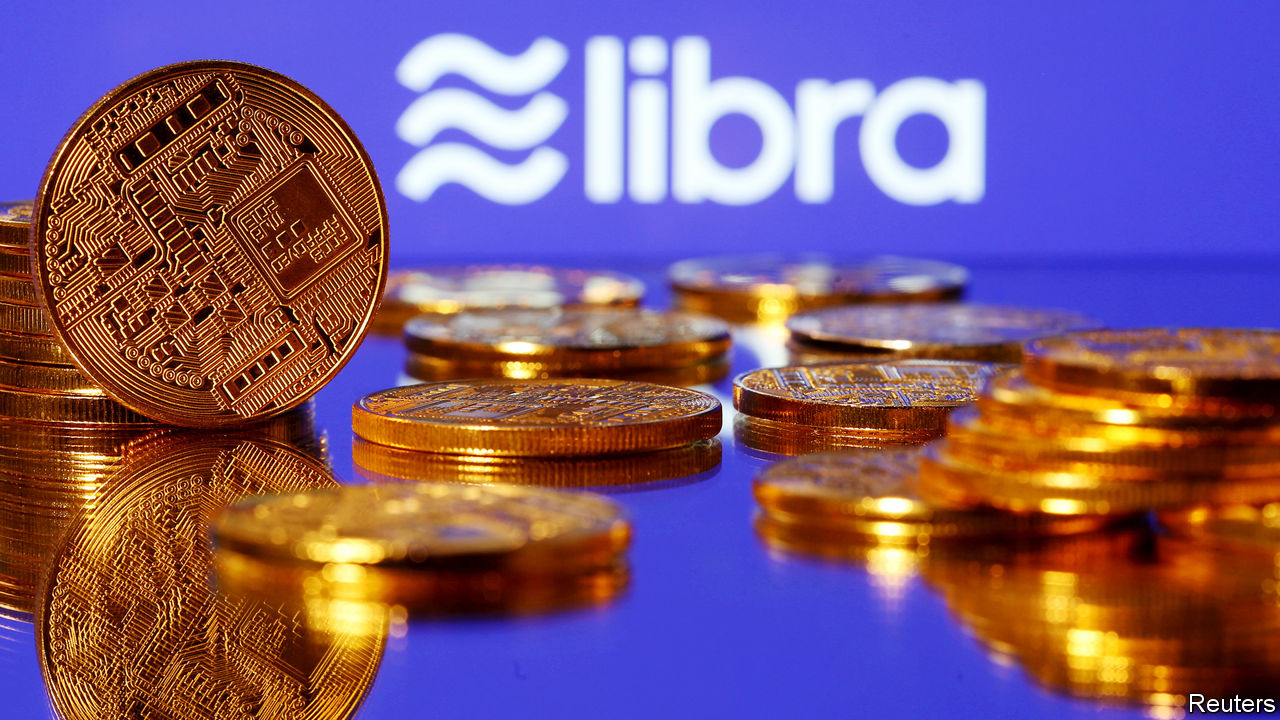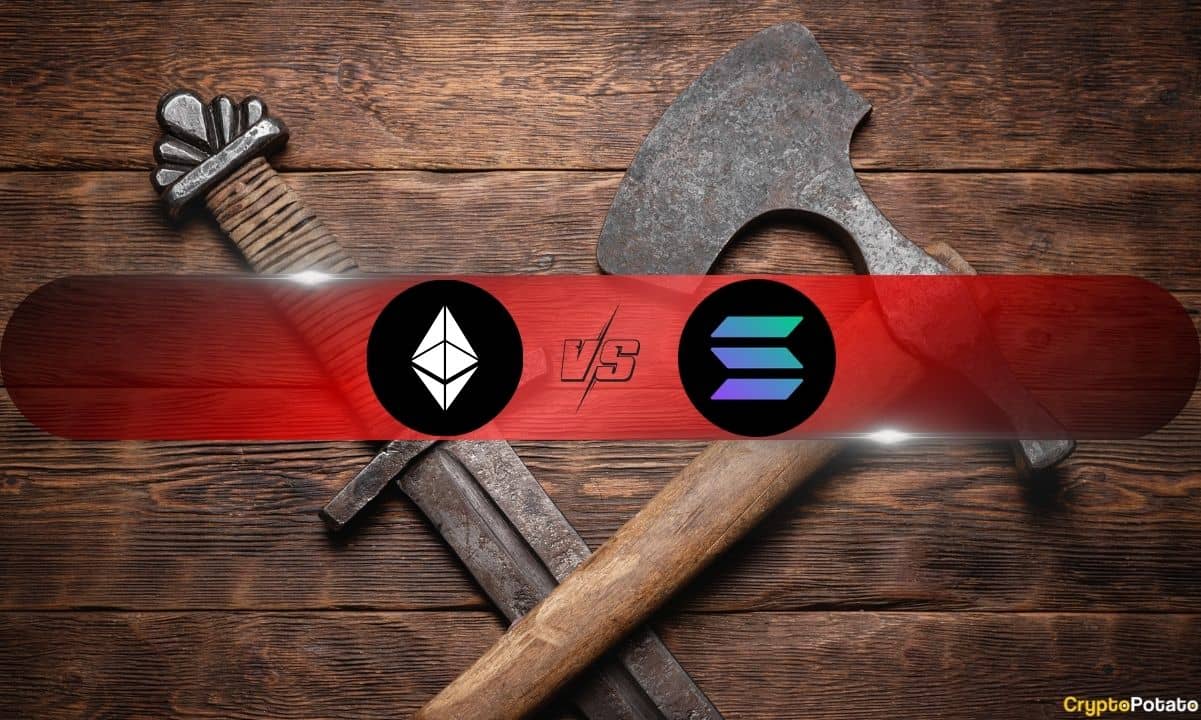Ethereum may soon enforce a 16.77 million gas limit on single transactions under EIP-7983, proposed by Vitalik Buterin and researcher Toni Wahrstätter to improve performance and reduce attack surfaces.
According to the July 6 proposal, Ethereum can “enhance its resilience against certain DoS vectors, improve network stability, and provide more predictability to transaction processing costs” by implementing a protocol-level cap on individual transactions.
Under the current structure, a single Ethereum transaction can theoretically consume the entire block’s gas limit, exposing the network to denial-of-service attacks and potential instability. EIP-7983 addresses the issue by introducing a cap of 16.77 million gas units per transaction, each unit representing a measure of computational work on the Ethereum network.
This would prevent any single transaction from monopolising block space and ensure a more even distribution of gas consumption across transactions. Transactions that specify a gas limit exceeding 16.77 million would be rejected during block validation, making them ineligible for inclusion in new blocks.
The proposal does not change the total block gas limit, which remains adjustable by miners and validators under the existing consensus framework. Instead, it introduces a protocol-level restriction designed to limit the gas usage of individual transactions, thereby improving predictability and safety.
Buterin and Wahrstätter argue that the 16.77 million cap strikes a balance between accommodating complex use cases, such as DeFi interactions and contract deployments, while reducing operational and security risks.
Most current transactions reportedly fall well below this threshold, meaning the proposal is unlikely to disrupt typical user or developer activity.
The cap also supports better compatibility with zero-knowledge virtual machines (zkVMs), which benefit from transactions being broken into smaller, more manageable components.
By enforcing per-transaction gas constraints, EIP-7983 encourages the decomposition of large transactions into smaller, modular units. This approach aligns well with the operational requirements of zk-based execution environments and can potentially enable more efficient proof generation and integration at the protocol level.
EIP-7983 builds on earlier work, including EIP-7825, which similarly sought to improve the predictability of transaction execution. Both proposals reflect a broader movement within the Ethereum ecosystem to address complexity and performance bottlenecks at the protocol level.
The proposal comes as Ethereum faces mounting competition from faster and more efficient smart contract platforms.
For instance, in June, Solana outpaced Ethereum in terms of decentralized application revenue, generating over $146 million. Solana also retained a higher share of DEX volume, recording $5.78 billion compared to Ethereum’s $4.7 billion.
Amidst this backdrop, Buterin has called for simplifying Ethereum’s core design to improve security, reduce costs, and make development easier. He argued that a leaner, more accessible Ethereum would lower infrastructure and maintenance costs and also improve decentralization and security.
Separately, Buterin has proposed reducing node hardware requirements through partial statelessness. In a post published later in May, he introduced a concept where full nodes verify the entire chain but only store the state relevant to the user.

















 English (US) ·
English (US) ·